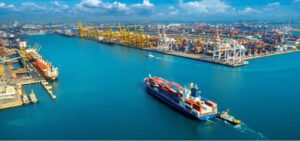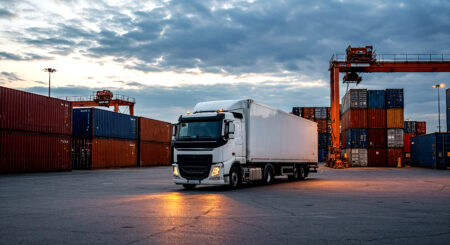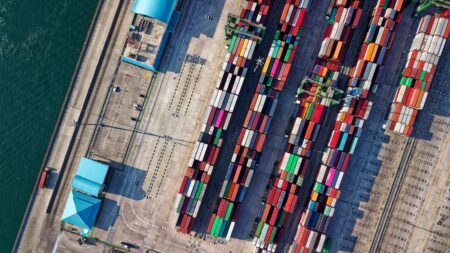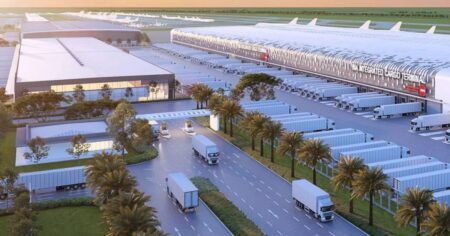Finance Minister Nirmala Sitharaman’s Union Budget 2024 outlines a groundbreaking strategy to boost India’s e-commerce sector.

Finance Minister Nirmala Sitharaman’s Union Budget 2024 has unveiled ambitious plans to enhance India’s logistics and export capabilities through the creation of dedicated e-commerce export hubs. These hubs are designed to streamline export clearances, warehousing, customs procedures, returns processing, and product handling. Functioning as bonded zones, they aim to significantly reduce re-imports and will be developed in collaboration with the private sector. The initiative is expected to elevate India’s e-commerce exports from a current $2 billion to a projected $350 billion by 2030, positioning India as a major global player and fostering job creation and economic growth.
In addition to the e-commerce hubs, the budget allocates substantial funds for infrastructure development. The government plans to bid out 54 road projects, worth over ₹2.2 lakh crore, covering 5,200 km under the build-operate-transfer (BOT) model. Key projects include the Patna-Purnea Expressway, Buxar-Bhagalpur Expressway, and additional road connectivity projects in Bihar. Significant investments will also be made in the Amritsar-Kolkata Industrial Corridor, including the development of an industrial node at Gaya, and enhancements to power infrastructure with a new 2400 MW power plant at Pirpainti.
Further supporting industrial and economic growth, the government will develop investment-ready “plug and play” industrial parks in or near 100 cities, utilising public-private partnerships. Twelve industrial parks under the National Industrial Corridor Development Programme will be sanctioned, and reforms will be introduced to improve the Indian shipping industry and generate employment.
The budget also includes measures to promote MSMEs and traditional artisans through the establishment of e-commerce export hubs in a PPP mode, providing a seamless regulatory and logistical framework. Additionally, customs duty reductions and simplifications are proposed for sectors such as seafood, leather, and textiles, aiming to enhance export competitiveness and support domestic manufacturing.
With a total capital expenditure allocation of ₹11,11,111 crore, representing 3.4 percent of GDP, the budget reflects a strong commitment to infrastructure development, while also addressing the needs of various sectors to drive India’s economic growth and global standing.











